Intelligent light sources is one of the most popular smart home product categories. And understandably so: it may be fun to have a speaker that you can ask about the weather forecast for tomorrow; but everyone needs light in the home.
Smart lighting can, as a minimum, be switched on and off via remote control, but the smart light sources can often be adjusted in strength and color balance. However, things becomes really smart when several bulbs are gathered in groups that can be controlled at once, so that the entire living room can switch from clear reading light to cinema atmosphere with a single tap. Or a voice command.
The most well-known system is the Philips Hue, which is pretty much as dominant when it comes to smart lighting as Sonos is in multi-room speakers. But here, too, the number of competitors is increasing. One of them is Ledvance, which is also known for marketing light sources from Osram.
Available for Wi-Fi, Bluetooth and ZigBee
Ledvance sells three types of smart lights, which can be controlled via Bluetooth, Zigbee and Wi-Fi, respectively. In this test, we look at the Wi-Fi light sources, which can be used directly on the house’s regular wireless network without any hub or gateway.
Although Ledvance is relatively new to the smart-light market, the catalog of Wi-Fi devices is extensive. The bulbs are available in all the usual brightnesses, shapes and socket sizes. And for each of them there are three light variants: RGB, white and white with adjustable color temperature.
This leads to a huge selection with more than 100 different product numbers. In addition, ceiling and wall luminaires, LED strips for indoor and outdoor use, garden lamps and more. Even a Wi-Fi-controlled work spot is on the program. The bulbs cost from around £10 to £20, while the price of luminaires and lamps starts at approx. £100.
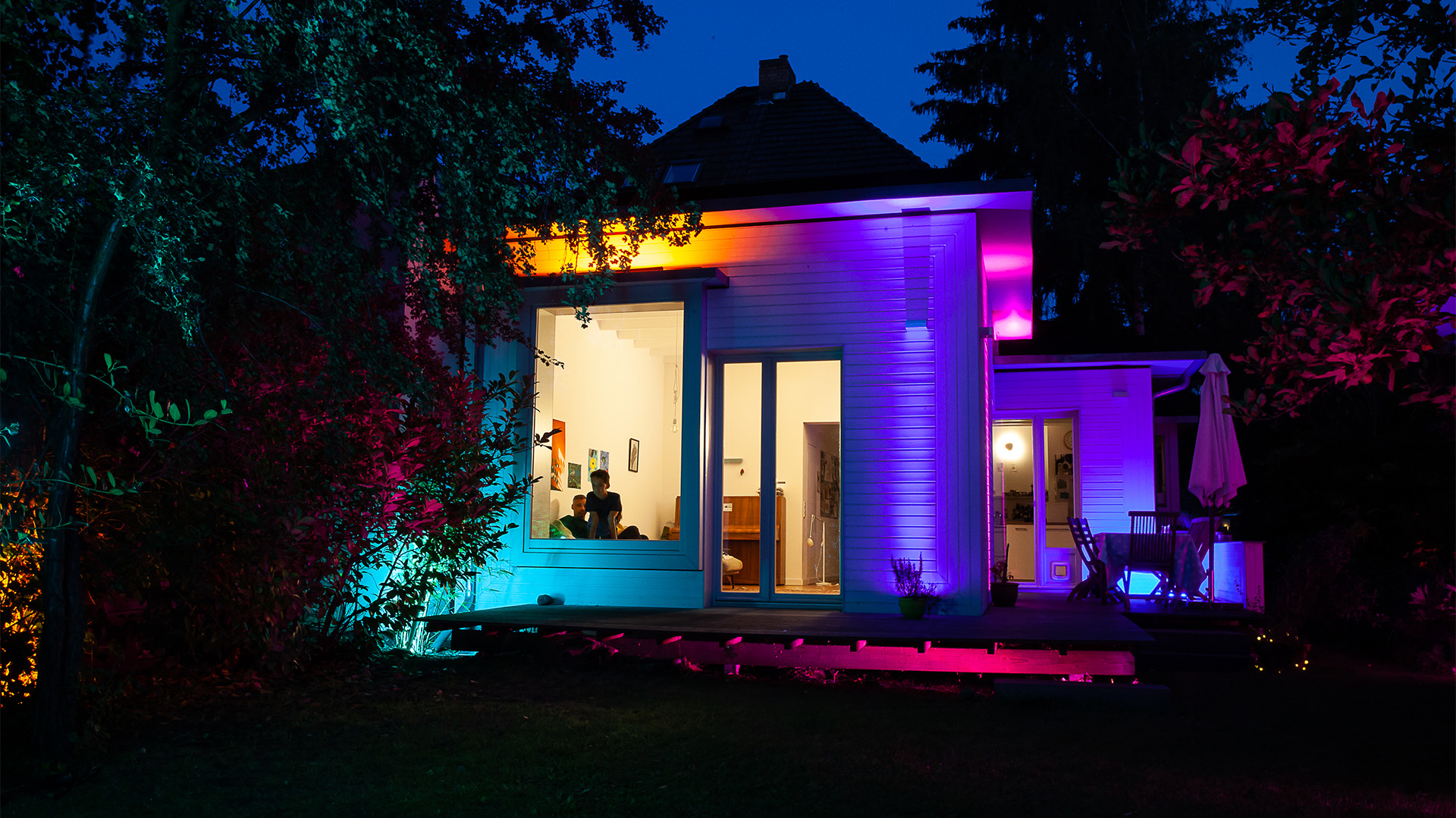
No extra equipment required
What makes the smart home smart is not the remote control (such as the TV set has had for decades), but the integration between things. And that means that all the smart equipment has to speak the same language. Most smart bulbs require a so-called bridge as a link between the bulbs and the wireless network. Both Philips’ Hue bulbs and IKEA Wireless use the ZigBee standard.
It is easy to describe the bulbs from Ledvance. Since they need to be able to fit in ordinary lamps, they look exactly like what they are: light bulbs. On the surface, there is no visible difference between a £15 470 lumen RGB smart bulb and an LED bulb from the supermarket for a pound. All the interesting stuff is on the inside.
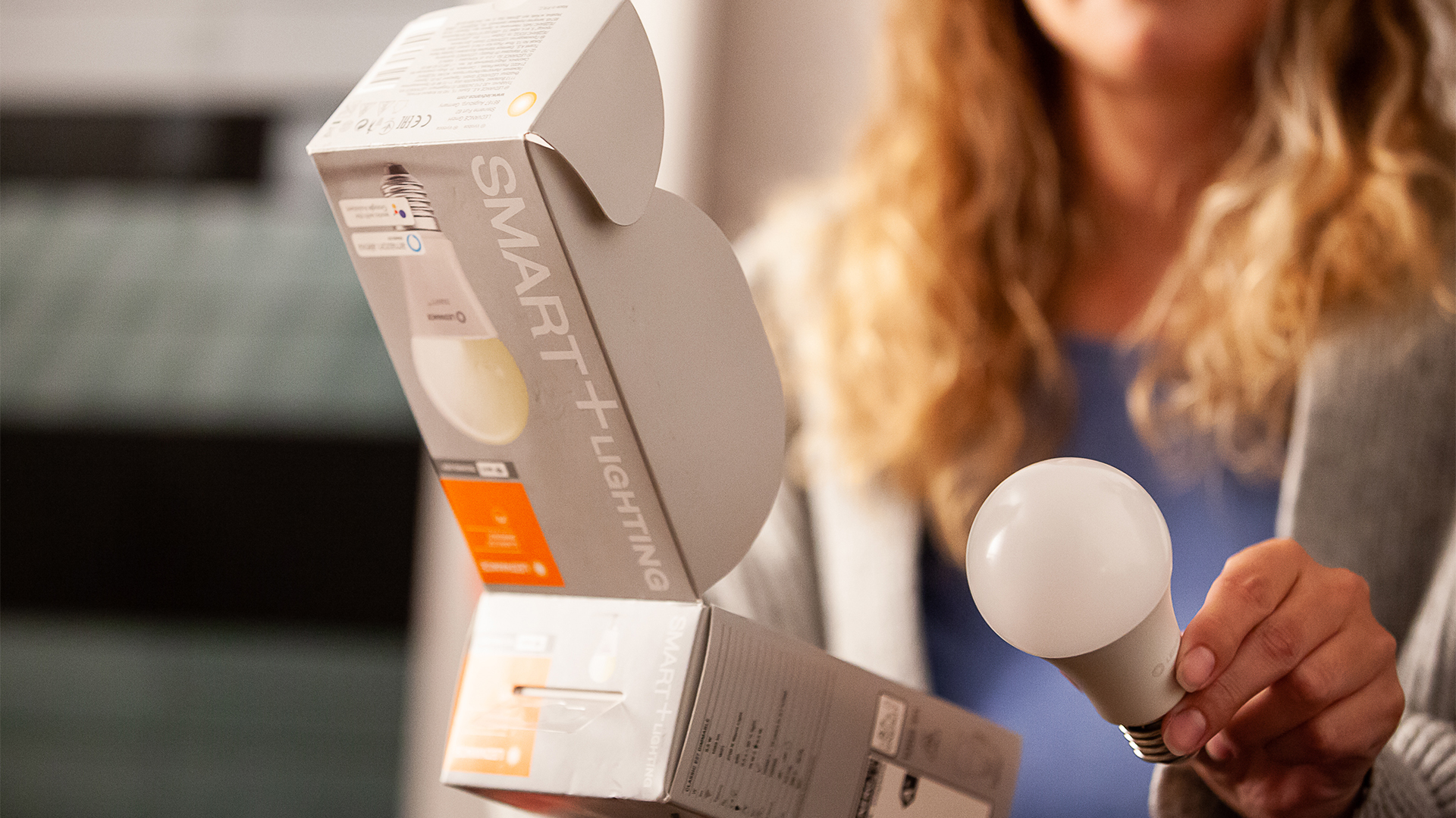
Simple setup
As mentioned, Ledvance also has ZigBee bulbs on the program, but the smart bulbs in this test connect directly to Wi-Fi. This is clever, as you avoid both an extra start-up investment and an additional layer in communications. In addition to Ledance’s own app, the bulbs and lamps can be viewed and controlled directly in Google Home and Amazon Alexa.
Setup is simple, and tried once, it only takes a few minutes for each new device added. Adding each device to Google Home is just as simple. Unfortunately, Google Home can not figure out how to download the location of the devices from Ledance’s own app, so you have to choose the location of each device in both apps.
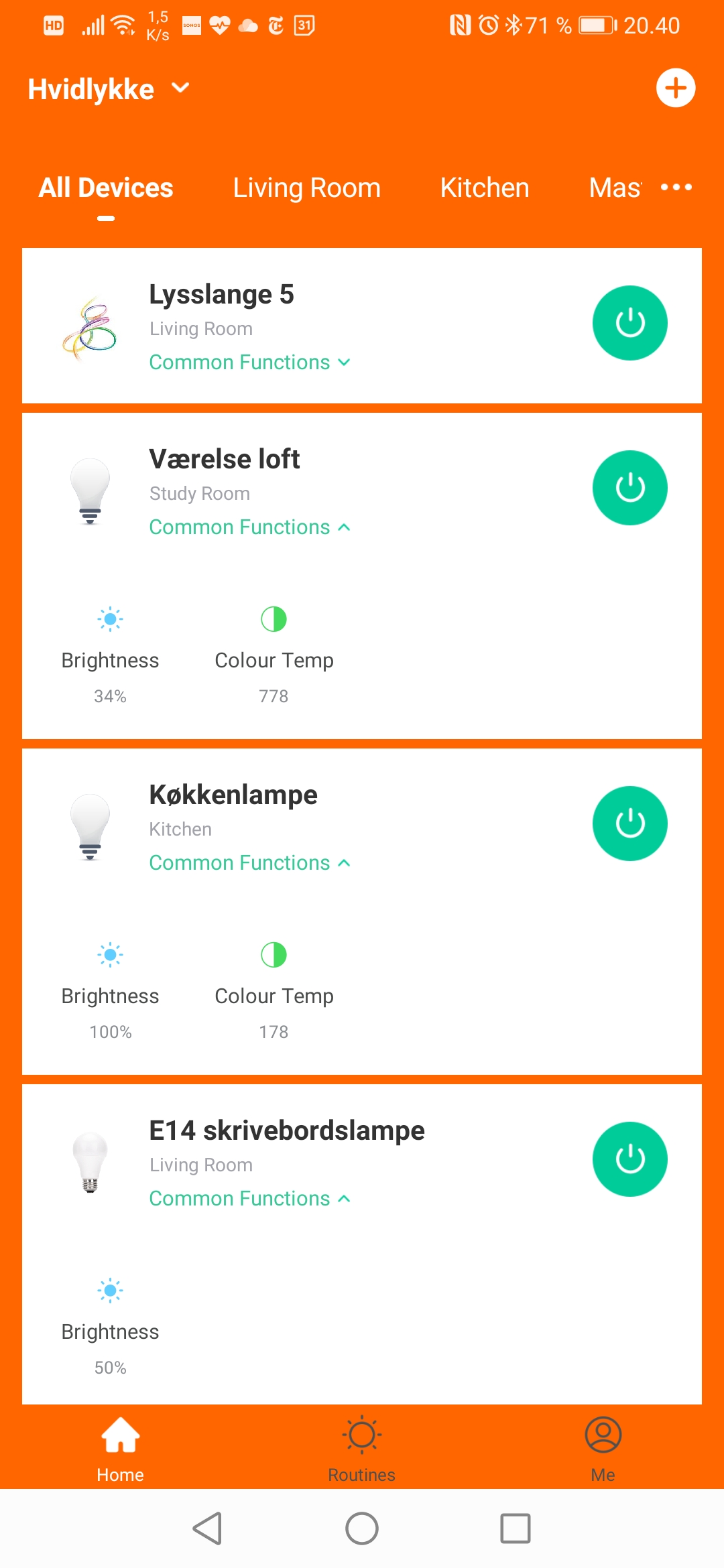
Remote control switch
The first product that I dared to attach was not a bulb, but a remote-controlled switch to put in the socket so you can turn on and off the appliance that is plugged in with an app.
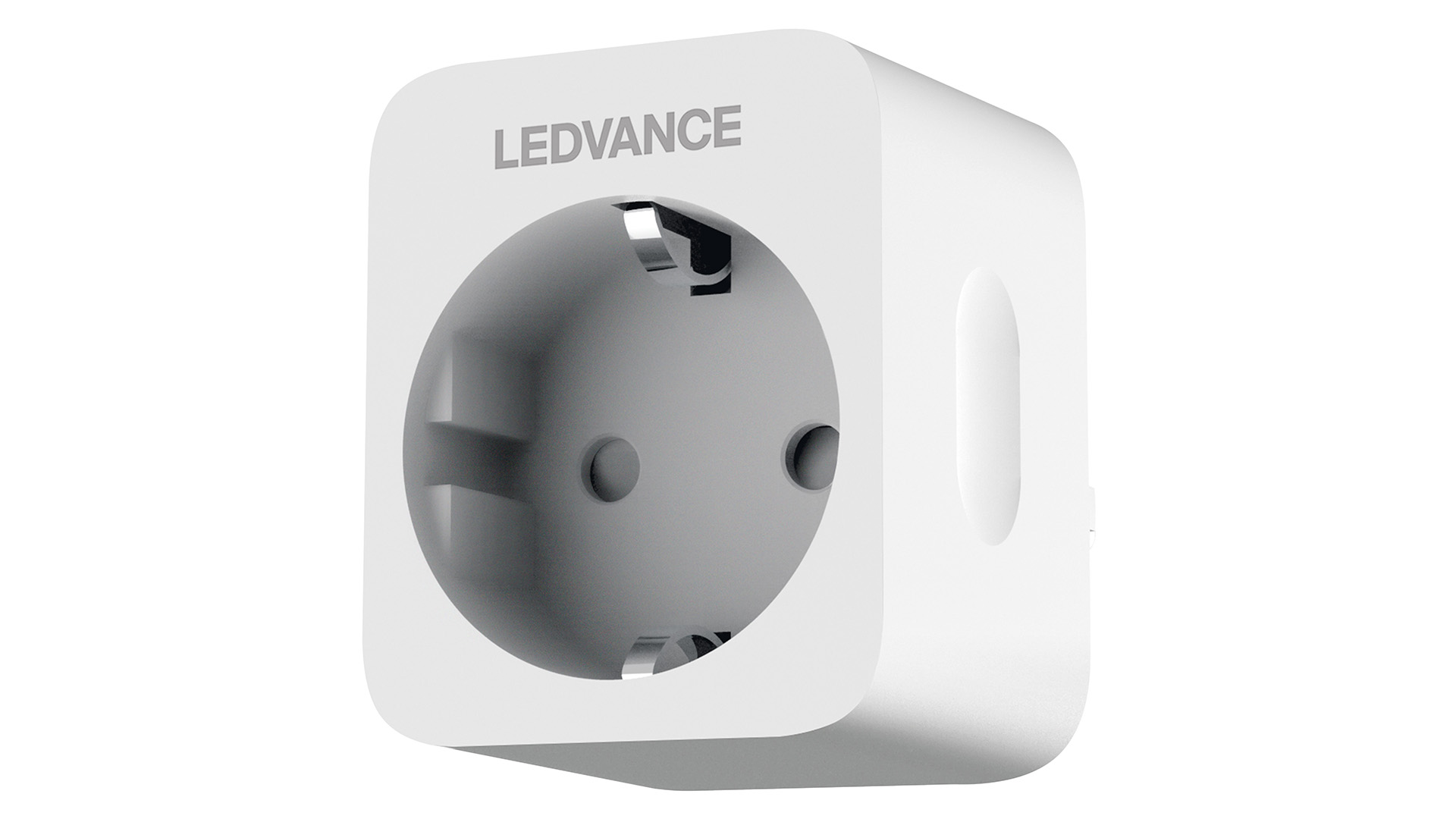
Turning one lamp on and off with a mobile phone is only almost as easy as turning on the switch, so it takes several to make it interesting. The bulbs in the desk lamp, the kitchen lamp and several ceiling lamps were therefore replaced with smart versions. Most in RGB editions.
The selection of brightnesses and shapes is fortunately large. Even an extra powerful 1600 lumen RGB bulb (equivalent to an old-fashioned 100 watt incandescent bulb) could be obtained for my PH lamp in the kitchen, which due to its many layers of metal screens is far from being light efficient.
The daily rhythm
In the app, you can use the slider control and a color circle to determine the intensity and color of the light, respectively. But that is only the beginning. Lamps can be switched on and off at certain times, and if you want the more advanced tricks, you can use the “Biological Rhythms” function to set the light to change strength and color throughout the day, so you get a gentle awakening, have strong, white work light during the day and end the day with dim lighting before bedtime.
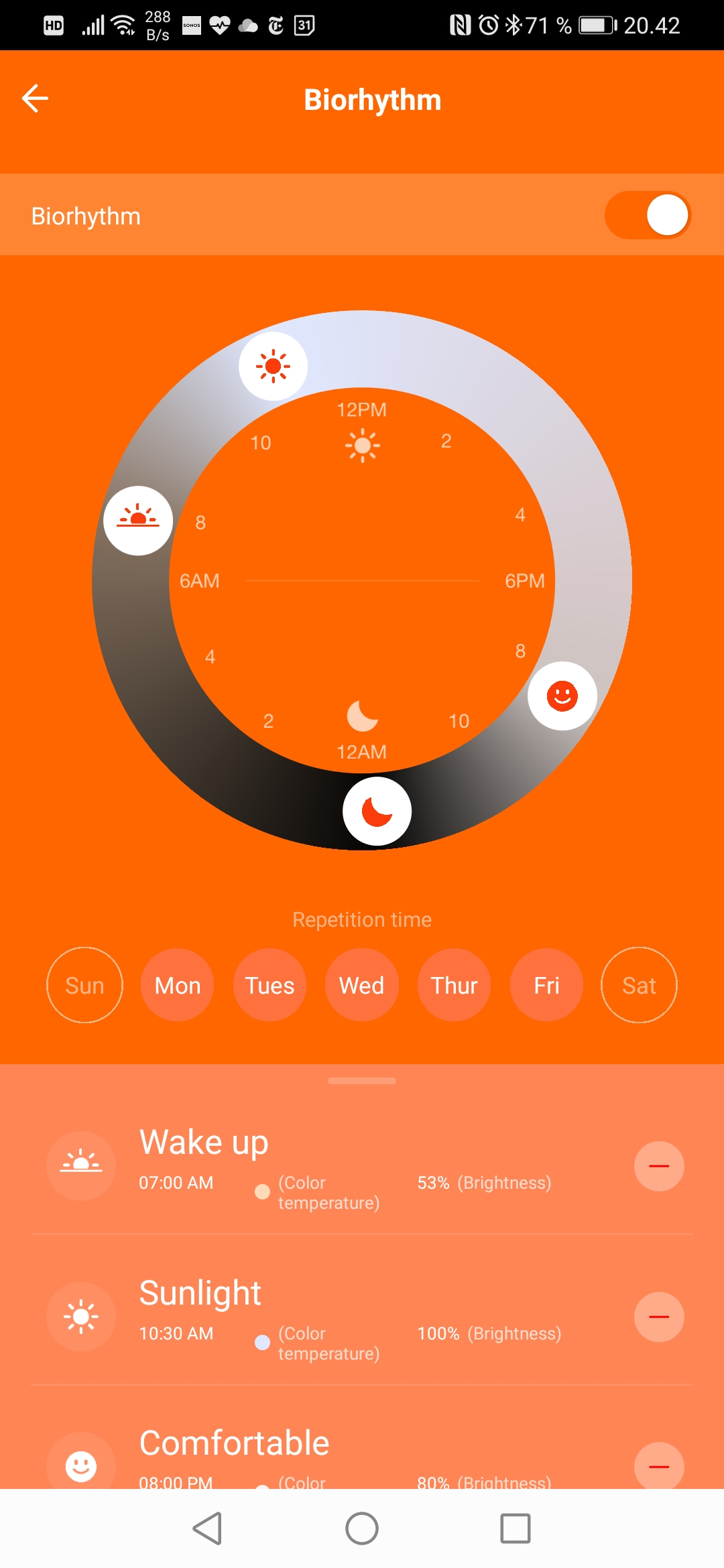
The Ledvance devices work with Google Home. This means for a start that you can add them to rooms in the home, so the Google Assistant knows that e.g. the desk lamp is in the living room – and that it thus automatically appears on the list of light sources in the living room.
The next step is to create Routines in Google Home where multiple devices are managed at once. It requires a little programming mindset, as each step in the routine is performed as a logical command, and one e.g. cannot set the brightness of a lamp until you are sure it is on.
“Let there be cozy light”
Being Danish, “hygge” (cozyness) is important to me, so I made the function “Hygge”, which turns on all lamps in the living room and set them to a dim, warm light when I say the magic word.
The next magic word, “Cinema” changes the scene to home cinema. Here, most of the light goes out, except for a dim green light along the wall so you can find your place. A five meter RGB lightstrip handles that role. Now I will just need to find a popcorn machine with voice control…
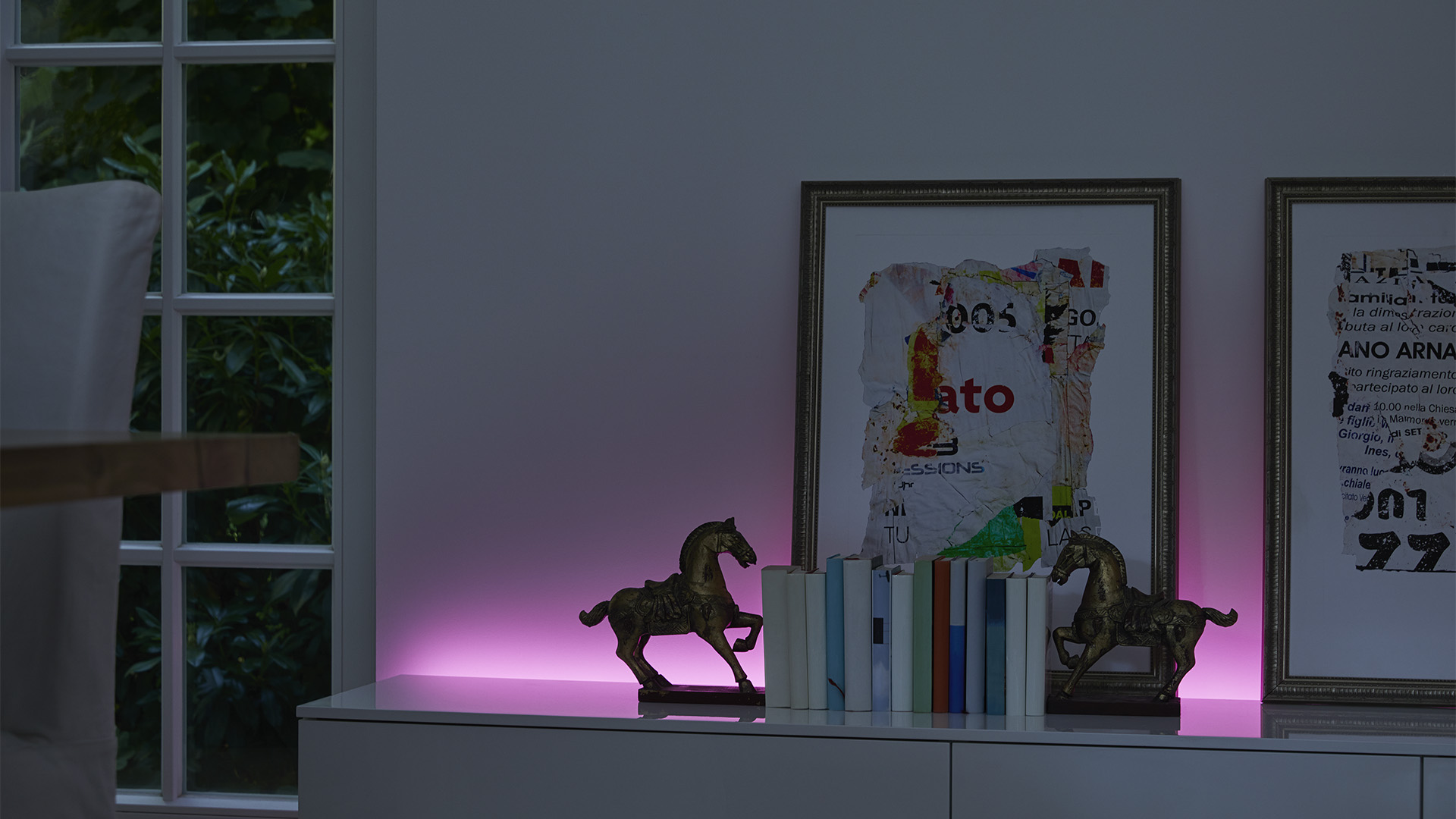
Adjustable work light
In addition to standard bulbs, we have also looked at ceiling and wall luminaires that could find space in the kitchen and entrance hall, where there is a need for more efficient work light than for mood lighting. Eg. the Orbis lamp, which is a cylinder 45 cm in diameter with a luminous ring on the inside. Here, the remote control makes sense, so everyone in the kitchen can adjust the brightness without having to fumble with the mobile.
With a brightness of 2800 lumens, equivalent to a 250 watt incandescent bulb, there is plenty of light for cooking – and the opportunity to stage a cozier atmosphere for dining. As with most bulbs, the color temperature of the white light can be adjusted from warm to dazzling white.
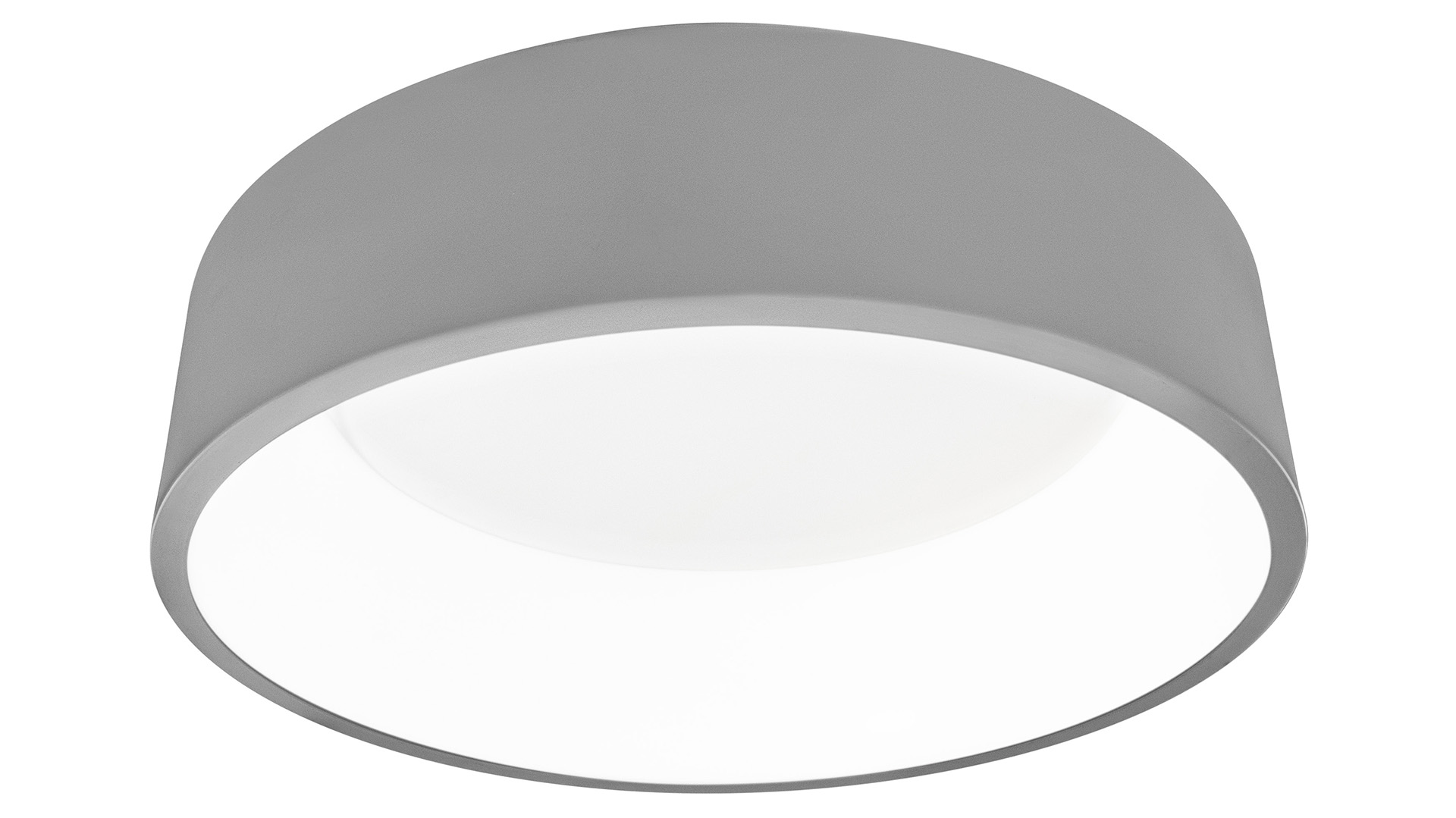
Cheap – and expensive
Depending on the temperament, the Ledvance bulbs can be considered both cheap and expensive. The unit price is somewhat lower than the nearest competitor, which is the Philips Hue. But they are still from three to ten times more expensive than ordinary LED-based light bulbs with the same brightness. So regardless of the system, making all the lights in the home smart will be a significant layout.
Philips Hue, like Sonos on multi-room sound, has the advantage of having been around for so long that they have become a de facto standard that other manufacturers also want to connect to. IKEA’s Wireless lighting still only consists of quite a few models, but is sold cheaply in the same place as you buy your furniture.
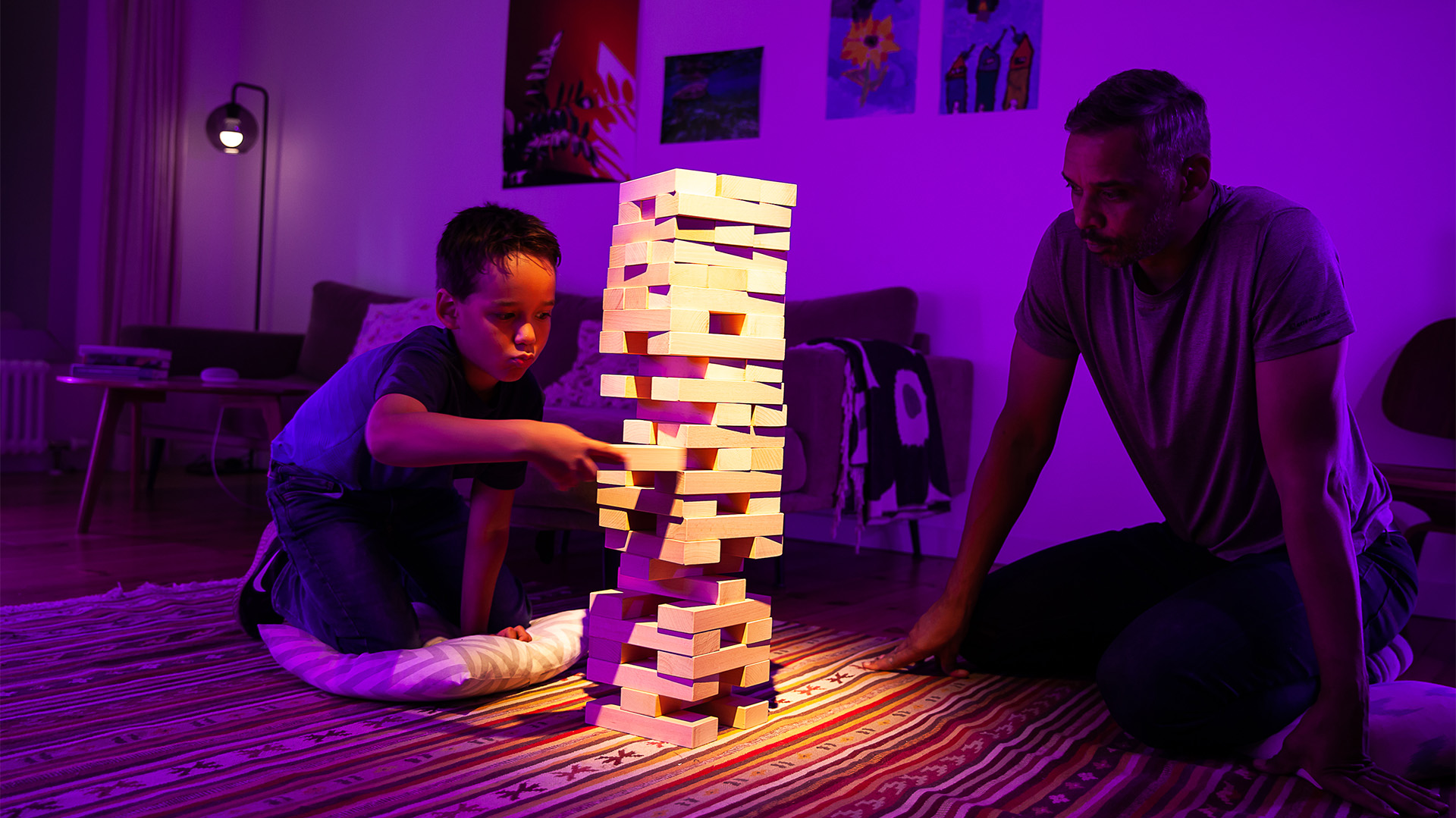
Conclusion
The market for smart-home products is still young, and you still have to be a bit geeky to replace your light bulbs with smart bulbs with their own IP addresses and an associated mobile app. But Ledvance is a step on the way to making it an everyday thing.
It is easy to get started, all that is required is a router, and the price is very competitive compared to not least Philips Hue. On the RGB bulbs, Ledvance is actually cheaper than even IKEA. The light quality is impeccable, and – which is important – the selection is large enough that you can use the same system for all the lamps you want to upgrade. In fact, I only miss filament bulbs in retro style for my steampunk decorations – and they should come in the Spring.

€
Specifications
- Colors: RGB, white warm / cold (2700-6500 K)
- Wireless: Wi-Fi
- App control: Ledvance WiFi
- Voice control: Google Assistant, Alexa
- Remote control: On /off, brightness
- Web: ledvance.com
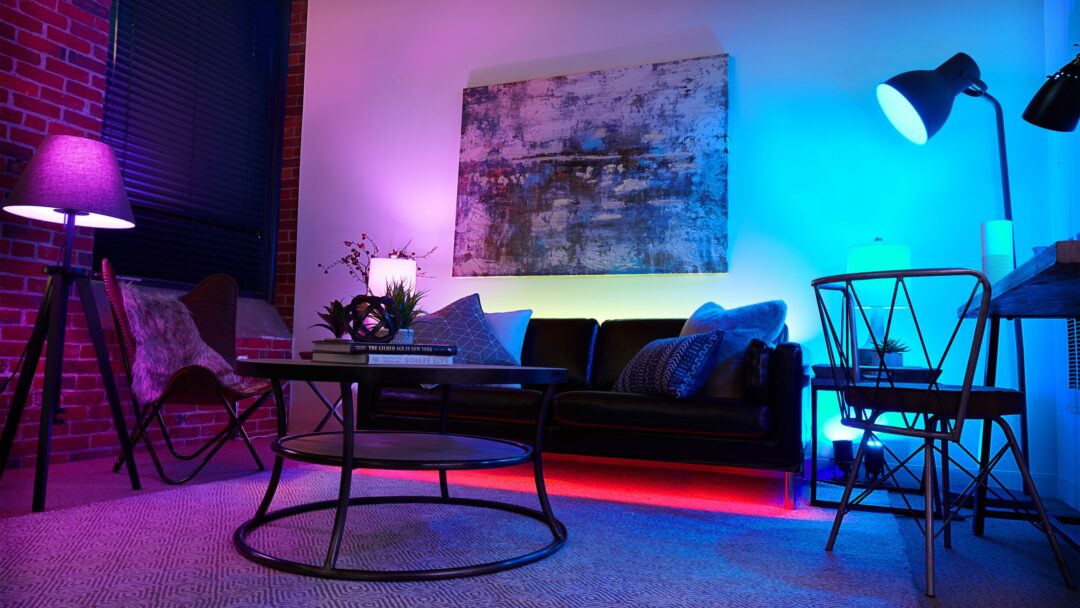

Do these bulbs work without an app, directly from the LAN ?
I mean can you connect straight to http://192.168.X.Y (the bulb) and command the colors and bright from there, like a Shelly plug ?
Can these bulbs connect to the Philips hue system?